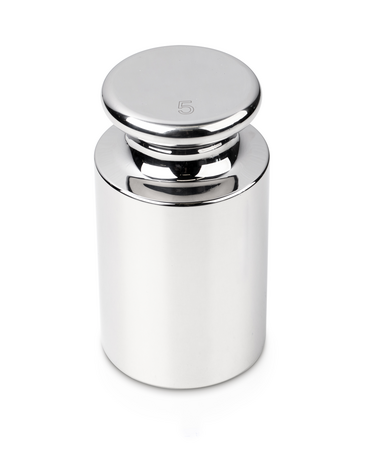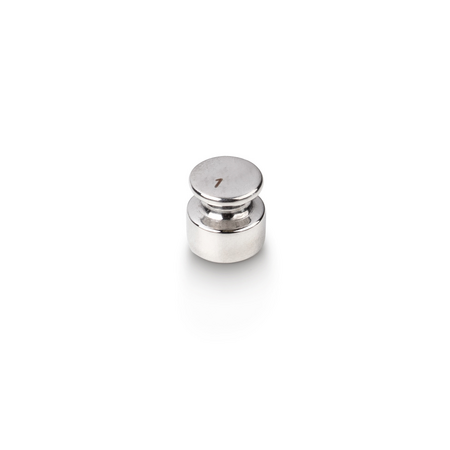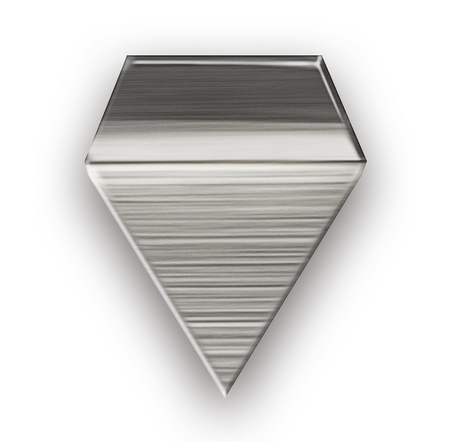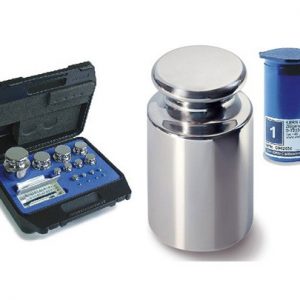Description
Kern Stainless Steel E2 OIML Calibration Weights
Testing Guidelines:
These ultra accurate E2 OIML Calibration Weights can be used to test balances prior to use to ensure the performance of the equipment is correct prior to weighing products.
Suitable for balances with a division size of 0.1 to 0.01mg
These E2 OIML Calibration weights can can also be used to calibrate balances if they are out of spec or in need of adjustment.
It is recommended to purchase these weights with either an E2 UKAS ISO17025 or DAkks (German UKAS) certificate to ensure accuracy and for audit purposes. These can be selected using the drop down menus.
DAkks is recognised by UKAS and conforms to the ISO17025 standard
Used in many industries and laboratories, such as Pharmaceutical, Chemical and Flavours and Fragrances.
See our downloads for some useful tips on test weights and also guides on how to handle them.
Test Weight Material:
• Milligram weights: Stainless Steel, flat polygonal sheet
• Calibration weights of 1g or above are Stainless Steel, knob shape
All weights come with a plastic carry casing.
MPN:
318-01 – 1mg E2
318-02 – 2mg E2
318-03 – 5mg E2
318-04 – 10mg E2
318-05 – 20mg E2
318-06 – 50mg E2
318-07 – 100mg E2
318-08 – 200mg E2
318-09 – 500mg E2
317-01 – 1g E2
317-02 – 2g E2
317-03 – 5g E2
317-04 – 10g E2
317-05 – 20g E2
317-06 – 50g E2
317-07 – 100g E2
317-08 -200g E2
317-09 – 500g E2
317-11 – 1kg E2
317-12 – 2kg E2
317-13 – 5kg E2
317-14 – 10Kg E2
317-15 – 20kg E2












Reviews
There are no reviews yet.